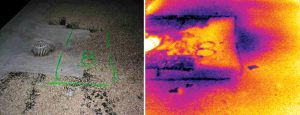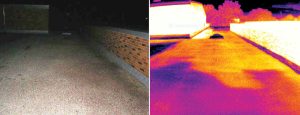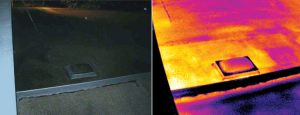If you own or manage a building or home, you will need to repair or replace the roof at some point. In doing so, you are going to research different commercial roofing contractors to find the one that best fits your needs.
[caption id="attachment_25184" align="alignright" width="300"]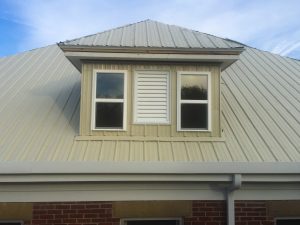 Steep Slope Roofing[/caption]
Steep Slope Roofing[/caption]
It’s common for building owners and managers to ask us this question: “If we don’t use West Roofing Systems, who would you recommend?”
That’s why we have compiled a list of the best roofing contractors in the Cleveland, Ohio area for not only commercial facilities but also for homes and residential roofs.
Residential Roofers in Northern Ohio
Brad Smith Roofing
Location: Westlake, Ohio
Year Founded: 1979
Brad Smith Roofing is a residential and commercial contractor that also offers professional roofing repair, new roof construction, gutter installation, masonry repairs and siding placement. They also have home improvement services including carpentry, windows and door installation and renovations.
[caption id="attachment_25288" align="alignright" width="197"]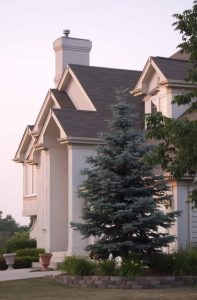 Residential Roofing Cleveland Ohio[/caption]
Residential Roofing Cleveland Ohio[/caption]
Franciscus Roofing
Location: Westlake, Ohio
Year Founded: 1991
Franciscus Roofing is a residential and commercial contractor that also offers new roofing, re-roofs, tear-offs, new construction, insulation, windows, siding, gutters, leaf protection, roof repairs, ventilation, storm/hail insurance consultation, and ice dam removal.
Absolute Roofing
Location: Cleveland, Ohio
Year Founded: 1985
Absolute Roofing is a family owned contractor that also offers, new roofs, re-roofs, repairs, coatings, gutters, copper work, church steeple renovation/restoration, slate, tile along with home remodeling and renovations
Check Out: 10 Tips to Help Homeowners Choose the Right Roofing Contractor
Commercial Roofers in Northern Ohio
Simon Roofing
Location: Youngstown, Ohio
Year Founded: 1990
Simon Roofing markets itself as a contractor that also manufactures their proprietary roofing products. The company can repair or replace metal, built-up, modified, spray foam and sustainable roofing structures. With 66 service centers nationwide, they are ISO 9001:2008 certified companywide.
[caption id="attachment_25289" align="alignright" width="300"]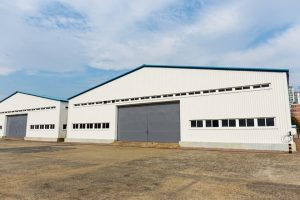 Flat Roofing Cleveland Ohio[/caption]
Flat Roofing Cleveland Ohio[/caption]
Warren Roofing & Insulating Co.
Location: Walton Hills, Ohio
Year Founded: 1922
In business for more than 90 years, Warren Roofing and Insulation provide built-up, modified and single ply, as well as green roofing, roofing coatings, and solar technology. Warren Roofing works with over 20 contractors in the Ohio area on industrial facilities, retail stores, and higher education facilities.
Industrial Energy Systems, Inc.
Location: Cleveland, Ohio
Year Founded: 1983
Established in 1983, IES has been a prominent roofer contractor in Cleveland for many years. Their 14,200-square foot facility allows them to fabricate custom sheet metal products for the repair and replacement of single-ply, built-up, modified, architectural sheet metal and siding systems.
CentiMark
Location: Stow, Ohio
Year Founded: 1967
While their headquarters are near Pittsburgh, PA, CentiMark has a notable location in the Stow, OH area. They offer services for thermoplastic, EPDM, spray polyurethane foam, roof coatings modified bitumen & built-up roofing, metal, steep slope along with flooring services as well.
Check Out: National Roofing Association: How to Choose a Contractor
Now that you’re armed with some information on the best roofing contractors in the Northern Ohio consider the services your home or facility needs so that you can choose the best contractor.
It’s best practice to vet any contractor you consider for your property project. As with any service industry, you have good contractors, bad contractors, and people who aren’t contractors at all. Remember to consider these factors while doing so:
- Ask to see a portfolio
- Ask to see their license or letter of Good Standing
- Ask to see their liability insurance
Read: Roofing Contractor Warning Signs: 4 Red Flags of a Disreputable Contractor
Investing in a commercial roofing project can be a daunting task. But by being prepared and asking the right questions, you can find the right contractor to deliver high-quality work at a reasonable price.
Choosing West Roofing Systems as a turnkey roofing company will provide you with highly trained teams and award-winning service. Our services are flexible and diverse; we can recoat, repair or replace your facility’s roof so that it lasts decades. With a team of service professionals located in LaGrange, OH, West Roofing Systems can provide you with local and reliable commercial roofing services.

Read More:
- How to Compare Commercial Roofing Quotes
- Do I Need a Commercial Roof Inspection or Survey?
- Roofing Contractor Warning Signs: 4 Red Flags of a Disreputable Contractor
- Spray Polyurethane Foam Roofing Contractors Qualifications
Source Here: Top Residential and Commercial Roofing Contractors in Northern Ohio
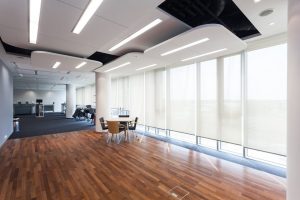
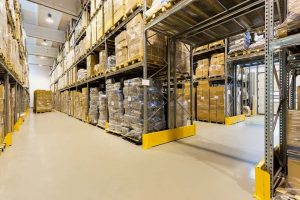
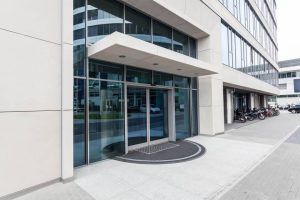

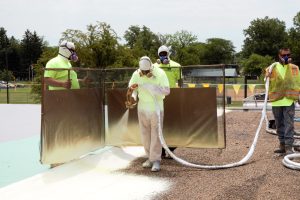 SPF Installation[/caption]
SPF Installation[/caption] Covering nearby vehicles with car covers during the project[/caption]
Covering nearby vehicles with car covers during the project[/caption] It may be a shock to see all of the white spots on your vehicle. Fortunately, it looks worse than it is, overspray does not damage your car or paint. If left alone, the foam will disintegrate on its own with the sunlight in about a few weeks.
It may be a shock to see all of the white spots on your vehicle. Fortunately, it looks worse than it is, overspray does not damage your car or paint. If left alone, the foam will disintegrate on its own with the sunlight in about a few weeks.
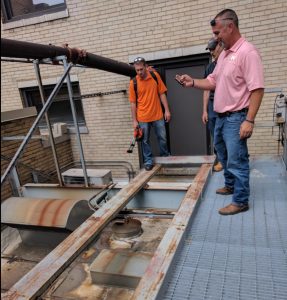
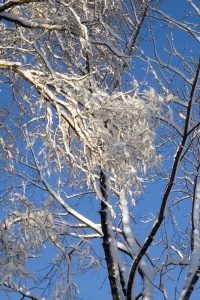



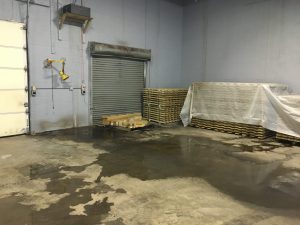
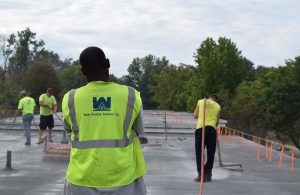 Commercial Roofing Maintenance and Repair Services[/caption]
Commercial Roofing Maintenance and Repair Services[/caption]
